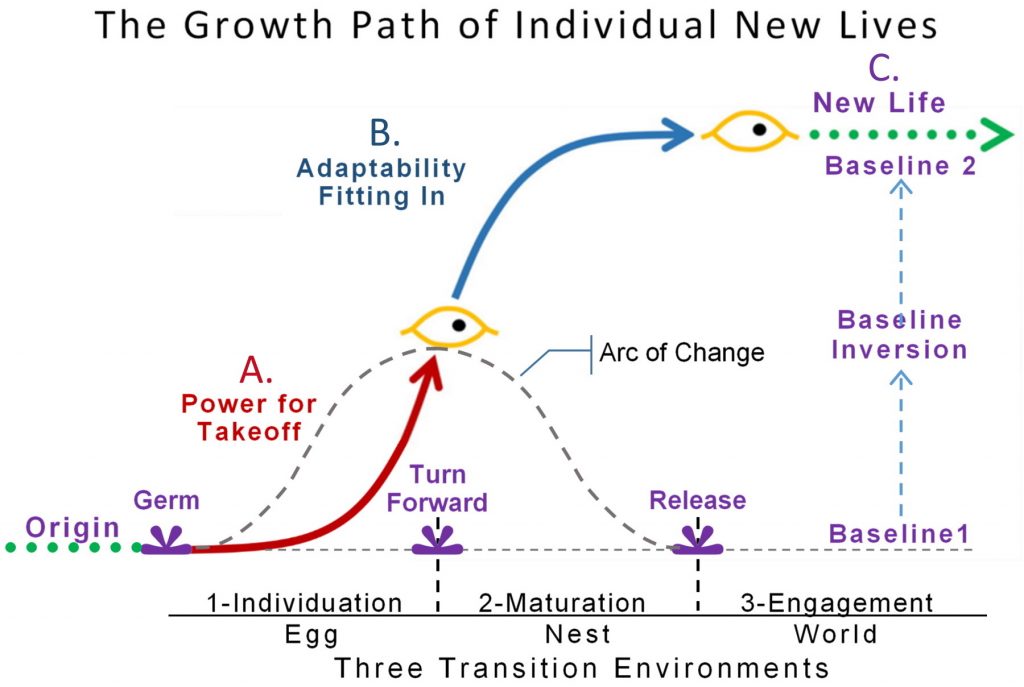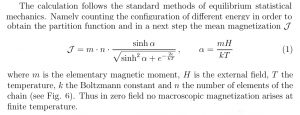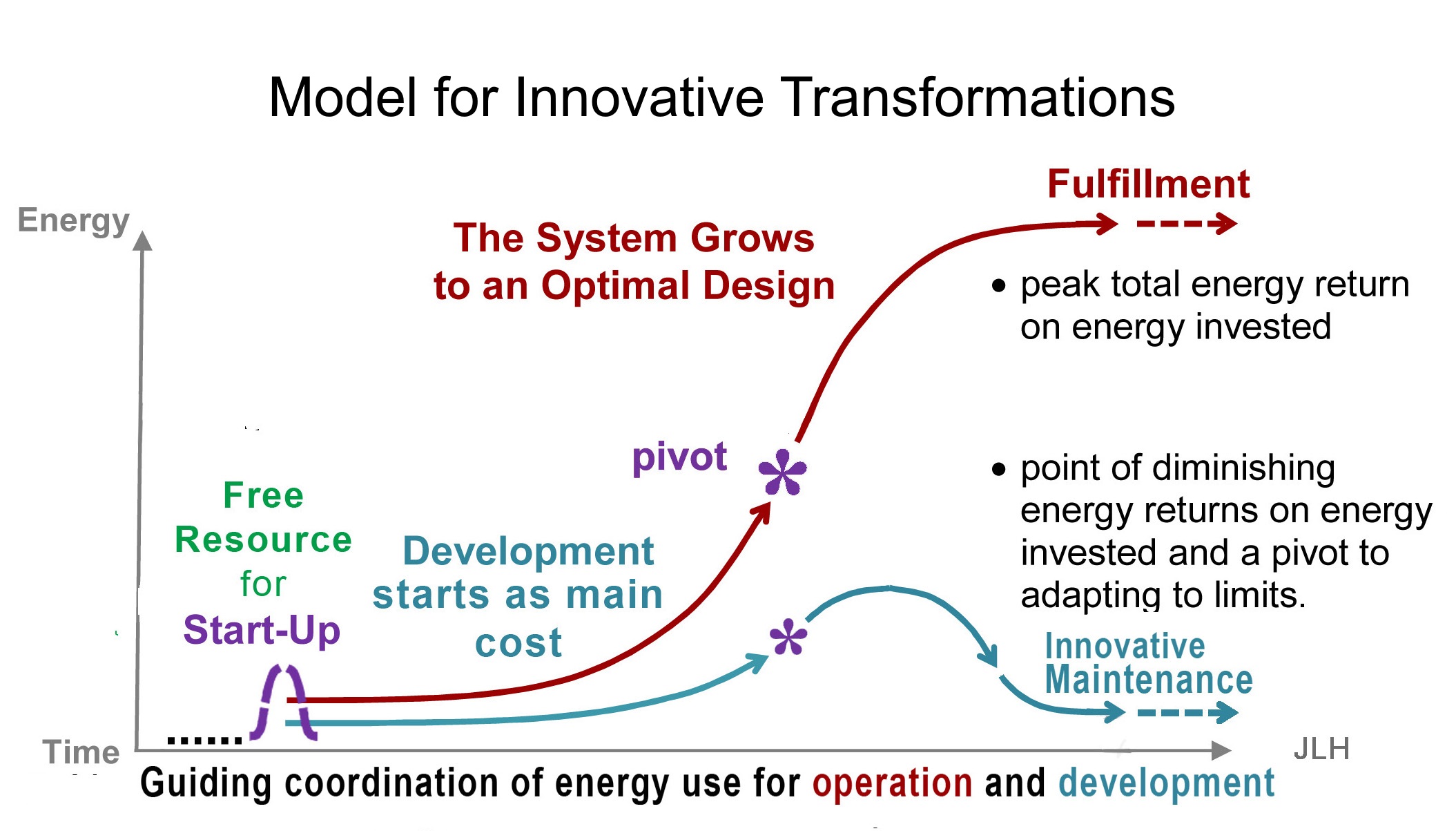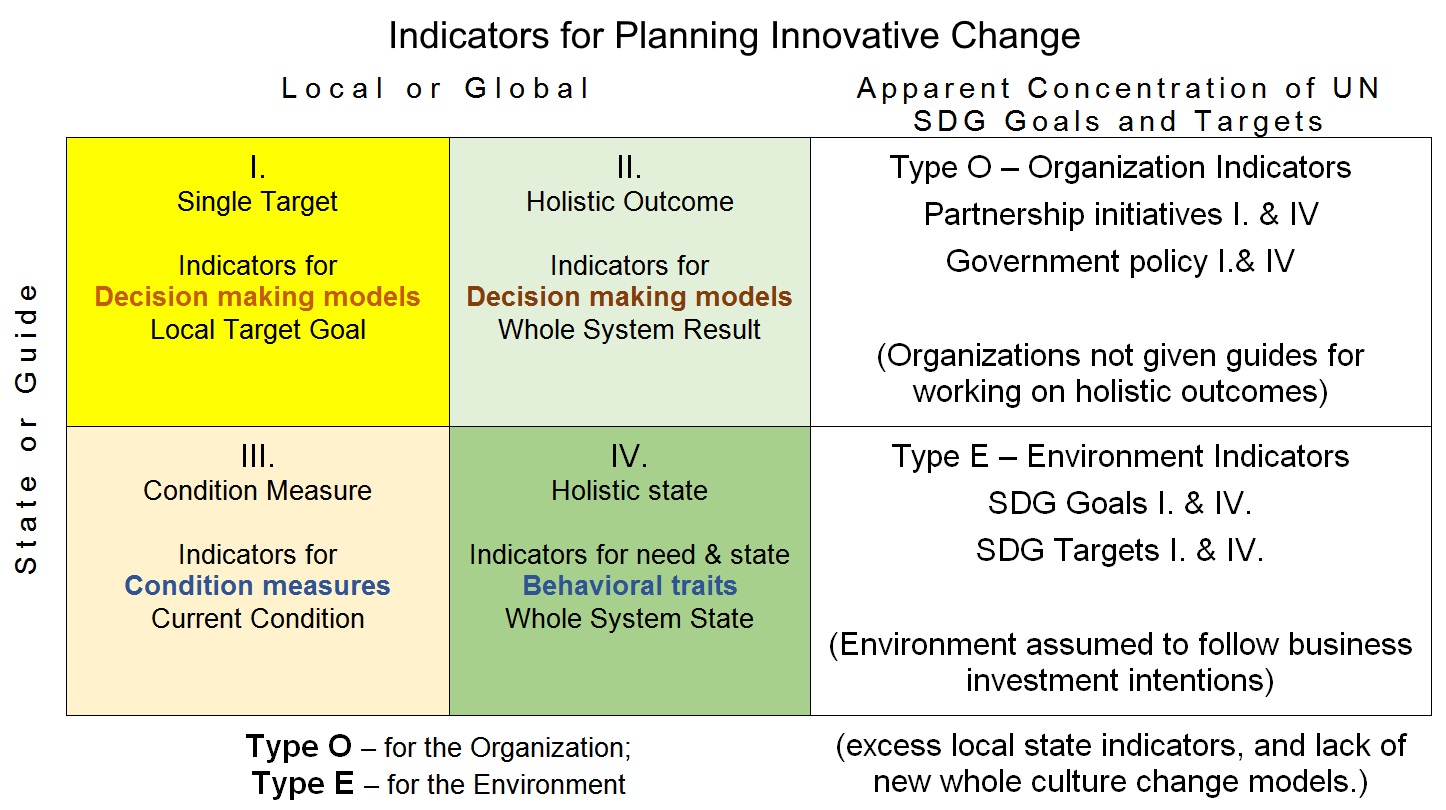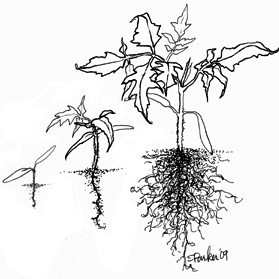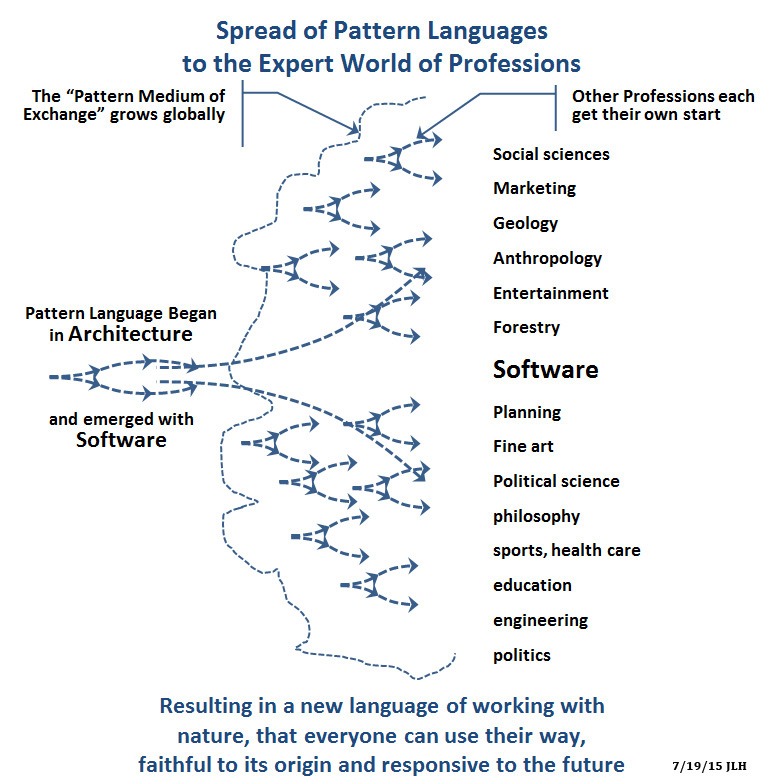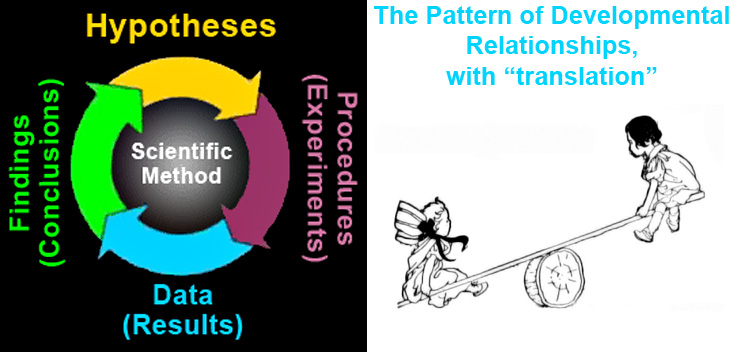I’ve enjoyed the previously marvelous etymonlin.com etymology dictionary and the also marvelous word patterns site, Onelook.com, for years. They worked great together to explore the meaning of the repeated structures of words and how words with one, two, three, four, five, or five-syllables are assembled as very lean geometries for adding the many particular nuances that modify the base term for a particular kind of use.
I seem to be at war with the site’s new managers, though. They are showing the greatest of all possible vanities in eliminating both the word “syllable” and the idea that syllables have any meaning other than the repetition of letters.
Richard Nordquist, a language scholar diagrammed the classical interpretation as follows:
| Suffix | Meaning | Example |
| -acy | state or quality | privacy, fallacy, delicacy |
| -al | act or process of | refusal, recital, rebuttal |
| -e/a nce | state or quality of | maintenance, eminence, |
| -dom | place home being | freedom, kingdom, boredom |
| -er, -or | one who | trainer, protector, narrator |
| -ism | doctrine, belief | communism, narcissism, |
And I’ve similarly included for variety a few others. There seem to be hundreds of each kind.
| Suffix | Meaning | Example |
| -tific | in the manner of | scientific – well-defined |
| -fine | make finite | define – To fix, bound, limit |
| -ivity | potential, bias | captivity, longevity, activity |
| -ow | in a manner of | narrow, widow.shadow |
| -ence | a contextual force | science influence presence |
| -lapse | slip, expire, cease | collapse, relapse, |
My complaints to Scott, one of the Etymonline.com editors, it seems, went like this:
June 6, 2024
You’re taking a different approach to understanding words than this dictionary. The ‘pos’ part of the words composition and pose come from different sources. Either from *apo- or *tkei- in the reconstructed Indo-European language family for composition, or from pauein in Greek for pose.
The pose entry does mention how the similarity in form between pause and position has influenced their meaning:
hence the Old French verb (in common with cognates in Spanish, Italian, Portuguese) acquired the sense of Latin ponere “to put, place” (past participle positus; see position(n.)), by confusion of the similar stems.
Jessilydia
Scott,
Yes it does seem I wish I knew how to strenuously fight what I see happening on Etymonline. The site seems to be just erasing the contribution of root meanings of syllables used in the geometries of compound worlds. I’m really astounded and frightened by such a blatant error.
The root meanings of the parts combine to create elegant and rich compositions of meaning, clearly serving as the building blocks of our natural languages. These structures of language happen to derive from the most useful and lasting ways of referring to the forms of nature and our experiences of them, derived from many thousands of years of beautiful discovery, and now someone has some notion to erase them.
I think it’s wrong to erase them, particularly for some arbitrary lexicological reason. That is just awful harm to history and humanity to drop the meaning of the ancient building blocks of every language’s most durable words. They carry the history of our direct references to the designs, processes, and ends of natural systems, their material meanings, and our relationships with them.
JUST SAYING… YOU KNOW, I THINK IT’S DEAD WRONG.
Scott
I respect your level of concern for this stuff. Maybe you can help me understand you a little better. Here is what I think you are saying:
There is an inherent meaning connected with syllables or geometries in written words. Which implies a shared meaning between composition and pose simply due to the presence of pos in both words.
So tell me if I represented you correctly there. Also let me know what you think about these two objections.
1.) swine and pig share meaning but do not share syllables.
2.) noon and soon share a syllable but do not share meaning.
I’m having trouble imaging how your approach would make sense.
Jessilydia
Thanks for the question. The answer is not exactly. The geometries of meaning that one finds [from combining] syllables in compound words are interactions of the ancient meanings attached to them, as units of ideas [and] meaning that had originally been expressed vocally. It’s hard to say, but as Latin and Greek record their conversion from vocal to written dialect, it appears most of which seem predate written language.
So they appear to come from sounds and gestures *referring to* natural phenomena and experiences, repeated over and over for their usefulness and added attached meaning, that formal language developed from. So as long as they live, those informal, accumulated, culturally sustained, and diversified packages of experiences, feelings, and insights remain attached to the direct reference to the subjects of the word.
Chris
Ok ok. Could you give examples of words that preserve that ancient context as well as words that are too abstracted and have less connection to the vocal roots of meaning?
Also, are there any definitive books which outline this way of understanding language?
Jessie
I have wall-to-wall meetings till next Friday. Sorry for the brief reply. It’s all the long-lasting useful words that stem from the meanings of indo-european syllables. Say “conflagration” four syllables, {con fla gra tion}, or cooperation {co oper a tion}, each geometry of subjects with syllables is a reference to an old idea of the combined meaning as a whole.
One of the other pieces of evidence is that history shows that written Greek and Latin appeared as if all of a sudden, with NO precedent, while displaying a vast and deep appreciation of nature and the human experience, with no one at all to tell the writers what all that meant, — other than — the ancient common cultures from which they emerged.
Get it? It all had to come from somewhere, and the start was the long, long accumulation of short sounds associated with deep meanings that had to have spread and built up as people spread from Africa to the Mideast, then both Eastward and Westward, then to the North, as the ice retreated, maintaining enough contact for innovations in knowledge to be passed along. There is no other way for the deeply related family of languages to have developed.
+++++++++++++++++++++++++++++
I’m out of my league here, a natural systems research scientist against a block of pure semantic theorists (it would seem). If you have any ideas about how to respond or what this means to the truth of language, please respond.
Jessie

